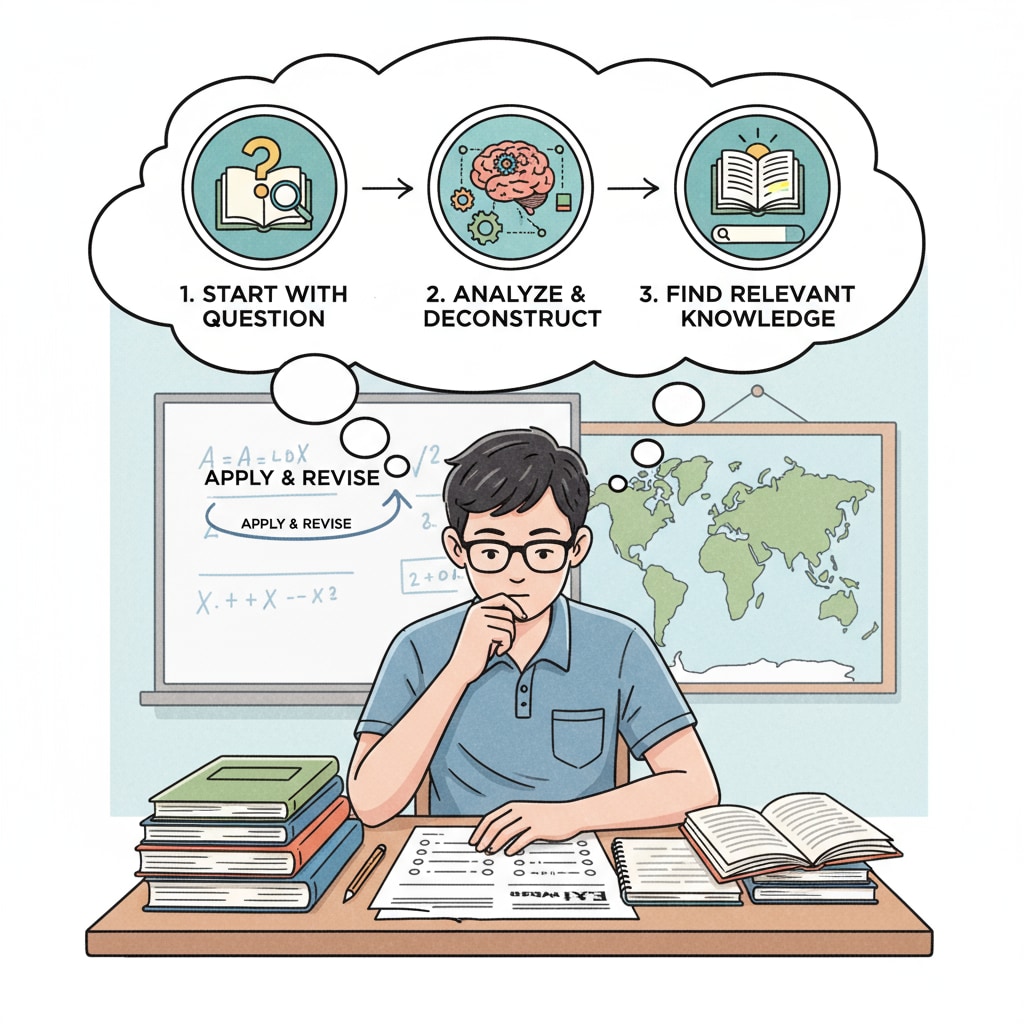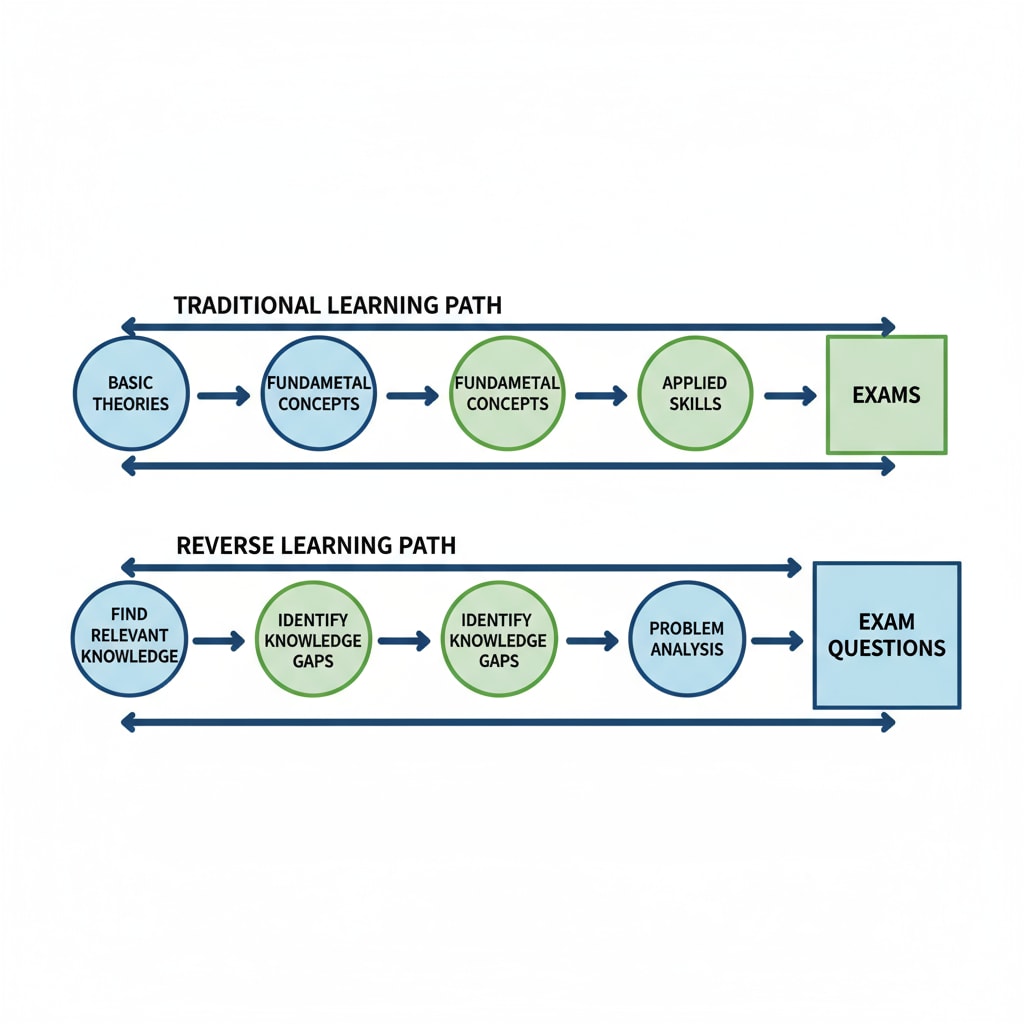Learning methods for students with attention deficits in theoretical subjects have always been a topic of concern. The reverse learning approach we are about to discuss offers a new perspective. For students who struggle to maintain long – term concentration, traditional learning methods may not be as effective. This reverse learning strategy starts from exam questions, providing a practical shortcut to master theoretical knowledge.

The Concept of Reverse Learning
The reverse learning method is quite different from the traditional one. Instead of starting from the basic theories and gradually building up knowledge, it begins with the end – product of learning – exam questions. By analyzing exam questions, students can identify the key knowledge points and skills required. For example, in a history exam, a question about a certain historical event can lead students to explore the background, causes, and consequences of that event. This way, they are more focused on what they need to know to answer the question rather than getting lost in a vast amount of theoretical knowledge.

Utilizing Error Feedback
In the process of reverse learning, error feedback plays a crucial role. When students answer exam questions wrong, it’s an opportunity for learning. They can analyze the reasons for their mistakes. Did they misunderstand the concept? Or did they lack relevant knowledge? By understanding the root cause of the error, students can then target specific areas for improvement. For instance, in a math exam, if a student makes a mistake in a calculus problem, they can review the relevant formulas and concepts. This targeted learning helps students with attention deficits to focus on the areas that need improvement, rather than trying to review the entire textbook.
Moreover, getting detailed and accurate explanations for errors is essential. Teachers or study partners can provide clear explanations that are easy to understand. This not only helps students correct their mistakes but also deepens their understanding of the knowledge. As a result, students are more likely to remember the correct answers and relevant knowledge when they encounter similar questions in the future.
Readability guidance: As seen above, we have used short paragraphs to present key ideas. The lists help to summarize important points. Transition words like ‘for example’ and’moreover’ are used to connect ideas smoothly. The focus is on presenting the reverse learning approach in an easy – to – understand way for students with attention deficits in theoretical subjects.


